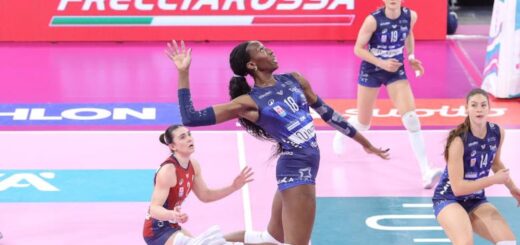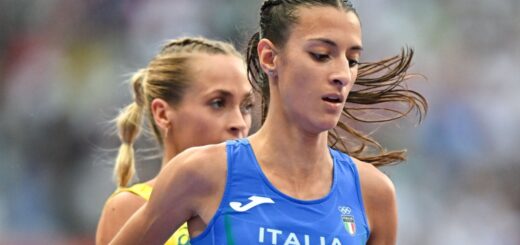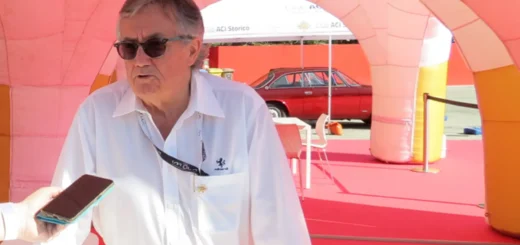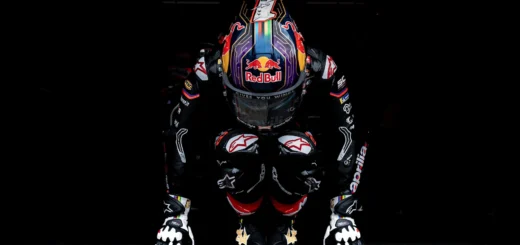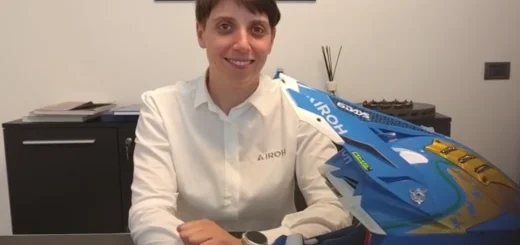Padel, injuries rise: expert advice on how to avoid them

Knowing risk factors helps prevent injury and increase performance
Padel originated in the 1960s in Mexico, but only now has it taken hold in Europe, where there is an exponential increase in players and courts. As a result, injuries related to the practice of the sport are also increasing dramatically, especially in the population between 35 and 55 years old. These involve several skeletal districts, first of all elbow (20%), followed by ankle (19%), lumbar spine (14%), shoulder and knee (12%). In addition, injury rates increase with advanced age, high body mass index (BMI), and poor player agility.
Padel is played with a rigid racket with which a ball identical to that used to play tennis is exchanged, within a rectangular court enclosed by four walls. Lack of coordination of the technical gesture is certainly one of the most important factors for injury, as are the many changes of direction and the more intense use of the racket, which place repetitive stresses on the musculoskeletal and joint systems. To avoid problems, injuries or traumas, suggests Dr. Paolo Arrigoni, an orthopedist, part of the ASST Gaetano Pini-CTO Orthopedic First team and padel enthusiast, it is necessary not to abruptly interrupt the kinetic chain that allows a padel player to move the racket quickly, thus minimizing functional stresses at the joint level.
“The kinetic chain,” the expert specifies, “starts from the feet and involves the knees, hips, lumbar spine and trunk, shoulder, elbow, wrist up to the hand and paddle. When the transfer of energy is not well coordinated, the chain breaks, leading to overload to one or more joints. In padel, unlike tennis, mostly over-head strokes are performed, e.g., the bandeja, vibora, smash, almost always flat or in backspin, with functional overloads to all joints. Therefore, the joints of the upper limbs are more susceptible to chronic injury, from overuse and repeated microtrauma. Lower limb joints, on the other hand, are more affected by acute injuries.”
As in tennis, one of the most commonly encountered problems is lateral elbow tendinopathy (lateral epicondylitis or “tennis elbow”). In fact, the tendons of the elbow, including especially the short radial extensor tendon of the carpus, put under stress by the vibrations and recoils of the racket, can become inflamed, causing lateral elbow pain and also triggering a degenerative process. When it comes to the shoulder, repeated athletic gestures can lead to rupture of the rotator cuff tendons. “The rotator cuff is a muscle-tendon complex that, working in synergy with the deltoid, allows the shoulder to be lifted. A reduction in strength and the appearance of pain during shoulder elevation should always raise suspicion of rotator cuff tendinopathy or injury. Diagnosis can be obtained during a careful clinical examination,” Dr. Arrigoni explains.
Padel also puts a strain on the wrists. The most frequently encountered pathology at this level is tendinopathy of the ulnar extensor of the carpus, a consequence of repeated forehand strokes: “People who play padel generally perform forehand strokes with the limb in supination and the wrist deviated in the ulnar direction. Although it is advised not to perform rotational movements of the wrist upon impact with the ball, wrist flexion and extension occur as repeated movements, especially after impact with the ball itself. The extensor tendon is, in addition, overloaded by the forces transmitted to the wrist at the moment of impact, as in the smash.” Injury of the fibrocartilaginous-triangular complex can also occur in padel athletes: “Repetitive supination and pronation of the forearm with the wrist extended and in ulnar deviation predispose athletes to this complex injury that often requires surgery for symptom reduction.”
Also very common among padel athletes are lower extremity injuries, at the ankles and knees. “Repeated changes in direction and impact with the ground during jumps can result in meniscal or knee ligament injuries. They often cause knee sprains with elongation and injury of the medial collateral ligament. Meniscal injuries can occur singly or associated with anterior cruciate ligament (ACL) injury. In this case, surgery must be performed, and the athlete will not be able to return to the field for 6 months. Ankle sprains are also an extremely common occurrence. It usually involves momentary loss of joint relationships inversion with stretching or injury of the lateral ankle ligament complex. Of these, the most involved is the anterior peroneal-astragalic ligament. In these cases, prompt action must be taken by following appropriate protocols in order to limit the risk of post-traumatic instability, with braces that must be worn for 4-6 weeks depending on the extent of the sprain. Another very common injury is Achilles tendon injury,” which cannot be treated except surgically.
Padel players often complain of lower back pain: “Rapid twisting and turning, constant braking and restarting subject the paravertebral muscles of the lumbar spine to repeated stress. The smash, for example, to be effective involves a very pronounced rotation and position of lumbar extension. This can contribute to muscle injuries, usually elongation or stretching, of the paravertebral muscles and require suspension from the sport for a period of time.” Padel is an extremely fun and recreational sport, but at the same time it is very complex and physically demanding. “Knowing the risk factors helps to prevent injury and at the same time increase one’s performance. To minimize risks, it is necessary to work on technique, have careful athletic preparation, do muscle strengthening exercises and stretching. Climatic temperature, playing surface, inappropriate equipment, racquet grip or handle size must also be taken into consideration. It is also important to provide rest periods,” the expert concludes.

